“There will never be more of summer than there is now,” as Alex Dimitrov—resident Astro Poet—wrote in his poem “June” (published in Love and Other Poems). And long days mean more light for good reading on Substack Reads, your weekly roundup of great writing from across Substack.
We’re seeing pink this week, from Angela Nagle’s tribute to Kate Bush and music for adolescent “gentle souls who want to make their mark,” to The Colour’s study in pink—from flamingo milk to rocks on Mars—to Jeanette Winterson asking the greyest of questions on the pinkest of days: How are you?
Tell us what you’re reading on Substack this week by leaving a comment in the thread below, and as always, if you know someone who loves discovering new voices, go ahead and forward Substack Reads.
MUSIC
What’s behind the great Kate Bush revival
A new generation of young people are discovering Kate Bush for the first time, and the reasons go deeper than Stranger Things, says author Angela Nagle
—Angela Nagle in her newsletter
This was the soundtrack of my girlhood. Still today when I hear this song I’m transported back to a small cabin on a rainy day near the sea in Kerry. I was a young teenager and I was supposed to be on a holiday. I could have been anywhere, though, because all I wanted to do was lie on my bed and listen to Hounds of Love. I would listen to the whole album, and when it ended I would just start it again. In that stage of life between childhood and adulthood, I was searching for something in it.
Kate Bush has a unique appeal for young people with a gentle outward nature but with a powerful will trapped inside them. She shows them how to direct their will, not into aggressive outward displays of conventional competition, which they are not made for, but into quietly creating something unique.
ART
Flamingos and the art of natural ink
A trip through carotenoid-rich lakes and salmon-pink pigments
Carotenoids are named for carrots but are probably most famously responsible for the colour of fall leaves, a time when chlorophyll begins to fade and the red, orange, and yellow hues are unmasked. These pigments also give their characteristic colour to pumpkins, carrots, parsnips, corn, tomatoes, canaries, salmon, lobster, shrimp, daffodils, pink shell beaches, and flamingos.
That was a bit of a long introduction to get you to flamingos. But they are, I think, the patron saint of the inkmaker. Flamingos concentrate the colour of brine shrimp, who are themselves concentrating the blue-green algae, who are busy making that orangey-red pigment they need to survive. But bear with me, there’s more. In the long loop of the flamingo’s throat, a bright pink milk as rich in fat as human milk and so saturated that it drains the parent (both males and females make milk) of its colour. This pink crop-milk is fed to the light grey baby chicks, whose feathers soak up the colour like paper to become their full-fledged flamingo-coloured selves. Colour that is concentrated to send a message about beauty makes a good definition of natural ink.
WRITING
How are you?
On the longest day, shortest night, Jeanette Winterson asks a not-so-simple question
—Jeanette Winterson in Mind Over Matter
Being. Doing. And it’s the solstice. That is, the sun standing still, or seeming to, on this, the longest day in the calendar for the Northern Hemisphere. If you are in the Southern Hemisphere, this is the shortest day. But that’s real connection. The world is connected today—and there’s nothing the world needs to do—just to be.
HUMOR
An author shares her summer reading picks
And the result is not quite what you think…
—Bess Kalb in The Grudge Report
CULTURE
Are fish finger bhortas shaping modern English heritage?
The podcast The Full English looks at English history and identity through the lens of food. In this episode: how immigration led to new food inventions in England
—Lewis Bassett in Vittles
It’s a myth that everybody eats the same thing in the same way at the same time, and so on. But myth doesn’t necessarily mean false, that it has no basis in reality, right? Myth, rather, means important ideas, images, narratives about who we are as a nation. So it’s not the case that English people sit around eating roast beef for dinner every night, or fish and chips or whatever. But it is the case that there are these important dishes and practices of food, which we imagined in our narratives and images, and so on, which do form a sense of national food identity
…What’s very important is that it’s a contested myth. So not everybody agrees about what constitutes British food, what constitutes British foodways, and so on. This is something that’s open to contestation, and actually open to a lot of public contestation, and certainly has been in recent times.
People fight over the myths that denote national identity because these myths say something about who the national community are and how such a community should behave.
FILM
The joy of dance in film
In praise of musicals
—Dan Rather and Elliot Kirschner in Steady
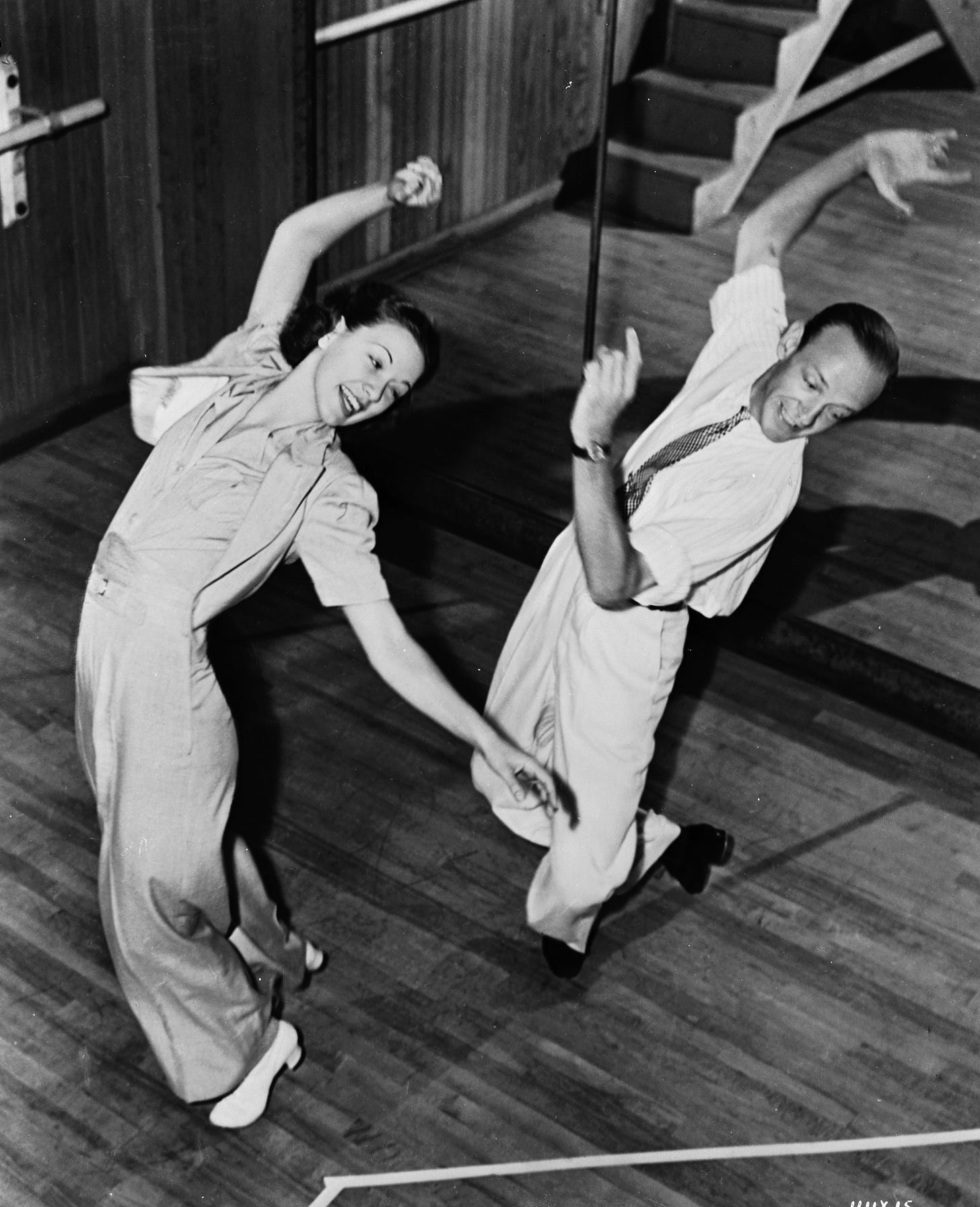
These days, Hollywood lures people to the theaters with summer blockbusters mostly based on action and special effects. You cannot help but be in awe of the fantastic worlds these digital artists deftly and believably conjure. The evolution of technical wizardry over the decades is almost unbelievable.
Part of movie magic has always been about leaving audiences in astonishment. Yes, films can be a quiet, reflective medium. They have the ability to take you close up to the performances of great actors with an intimacy—the tight shot—unachievable on stage. They can offer a place for silence and reflection. But films can also serve as portals to boisterous celebration. And special effects, in my opinion at least, are not limited only to computer graphics.
I think back to the movies of the past and a genre that, while still practiced today, is not nearly as prevalent on screen: the musical. I would argue that there is something as awe-inspiring (a “special effect,” if you will) in what the human body can achieve with a blend of movement and dance as there is in resurrected dinosaurs. And I say that as someone who is both fascinated by dinosaurs and born with two left feet.
These thoughts emerged as we found a remarkable YouTube compilation of some of the most memorable dance sequences in the history of the silver screen. To see the artistry, the energy, the remarkable physicality, and the smiles on the faces of these dancers, we hope will bring a smile to your face as well.
RACIAL JUSTICE
On Juneteenth
Can Americans ever face up to the truth?
It is almost a reflex, after so many centuries of brainwashing, for a Black person to feel gratitude for any semblance of humane treatment from other human beings. “Black,” as a racial category, is, after all, a hegemonic European creation designed to forever separate the darker-skinned peoples of the African diaspora from the homo sapiens species and mark us as inherently bestial, mongrel, and inferior. This is a convenient and enduring lie used to justify the perpetual and inescapable enslavement and degradation of millions upon millions of African peoples. The lie is designed, and is necessary, to soothe the European (and eventually, the just-plain-white) conscience such that their crimes against humanity could be seen instead as humanitarian efforts.
HISTORY
Learning golf 100 years ago
How one family’s decision to move across the street from the country club shaped the American game
—Geoff Shackelford in The Quadrilateral
A working-class family moves into a modest home 109 years ago and your life is better for it.
One of the two sons in the Ouimet family was inspired and supported by the other son. They were entranced by their upstairs view outside toward The Country Club. They also reimagined a free-play space behind their two-story abode at 246 Clyde Street. The confluence of passion and coincidence changed the course of golf in America, when one of the sons, Francis Ouimet, absurdly won the 1913 U.S. Open as a 20-year-old amateur, inspiring mass acceptance of a burgeoning Scottish game, inspiring future First Team All-Game Growers Bobby Jones and Gene Sarazen.
Grantland Rice even suggested Ouimet fueled American interest in professional sport like no other athlete he’d witnessed.
“Ouimet made that first big dent into the sports consciousness of America,” Rice wrote in 1954.
FOOD
What is sustainability?
Alicia interviews Washington, D.C., chef Rob Rubba on localized vegetarian food (plus oysters)
—Alicia Kennedy in From the Desk of Alicia Kennedy
I am a vegetarian who eats oysters—I fall into that realm. But it’s also where we are located. Like I always say, if we were in Minnesota, Oyster Oyster would not be called Oyster Oyster and we would not serve oysters. We are in the Chesapeake.
The oyster reefs here in this area were crucial, as any oyster reef is, really, like it’s symbiotic with so many other species, the cleanness of the water with one oyster filtering up to 50 gallons of water a day. Now imagine that reef with thousands of them. It was a huge protein source or source of food by both Indigenous societies here, and then it became this crop that was very cheap by other settlements here, but it was just over-sourced, over-fished, if you want to use that term, to the point where then we just didn’t have really clean waterways. We saw the damage of a lot of species falling off because of that. We just feel like we have a responsibility to help build that back up, right?
And we’re not taking from wild sources, we’re using farmed oysters off the bay, that then we take those shells to oyster recovery programs and those go back into the bay. You need an oyster shell to grow another oyster, essentially, to grab onto. So I feel like we have that responsibility, because those clean watersheds are actually going to translate to all other life even on the land here, our farm quality, etc. So it’s like a well-rounded thing that really plays a part in the restaurant.
Substack Reads is a weekly roundup of writing, ideas, art, and audio from the world of Substack. Posts are recommended by staff and readers, and curated and edited from Substack’s U.K. outpost with writer Hannah Ray and, this week, guest-edited by Sophia Efthimiatou (while Farrah Storr is away).
Got a Substack post to recommend? Tell us about it in the comments.



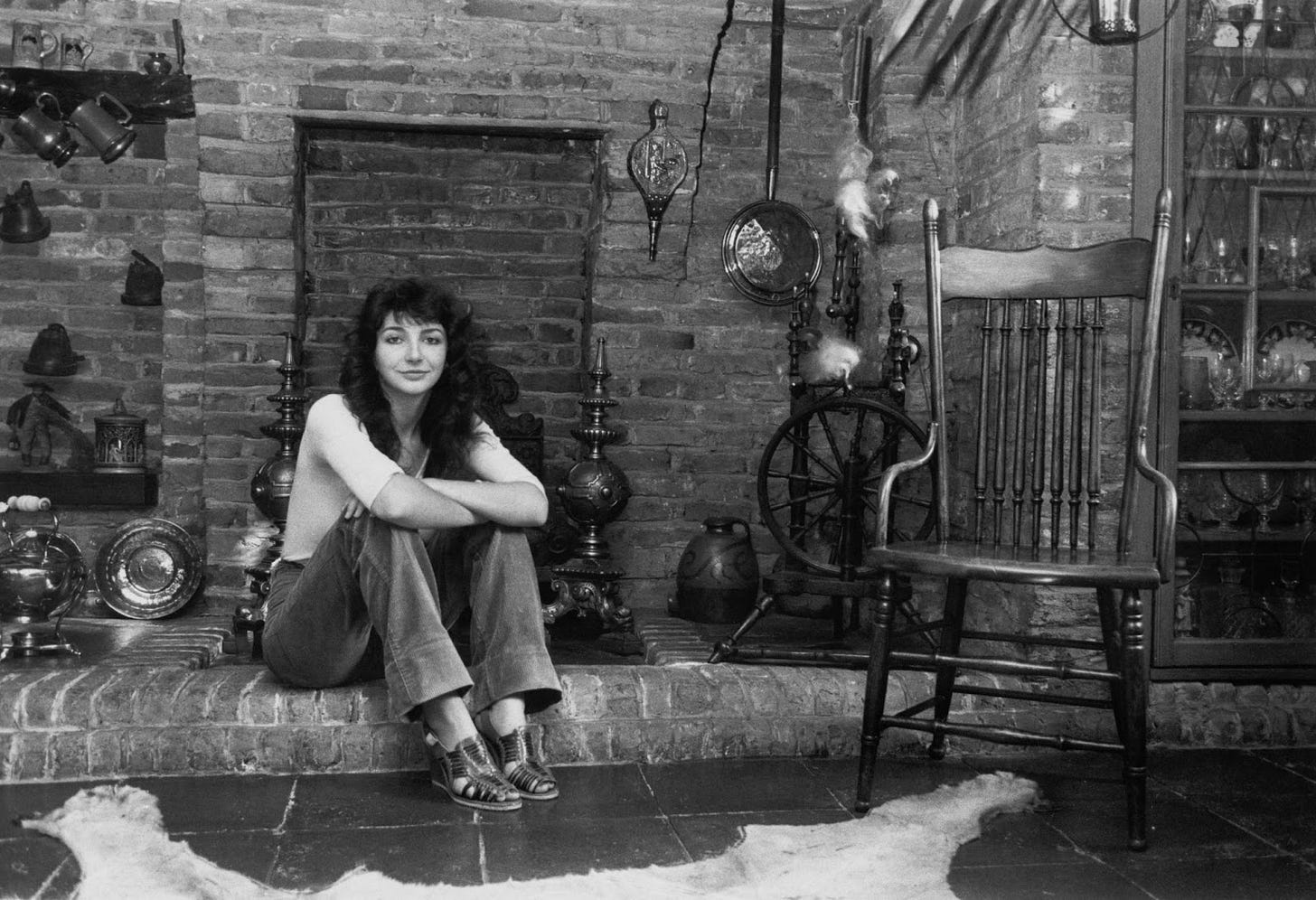

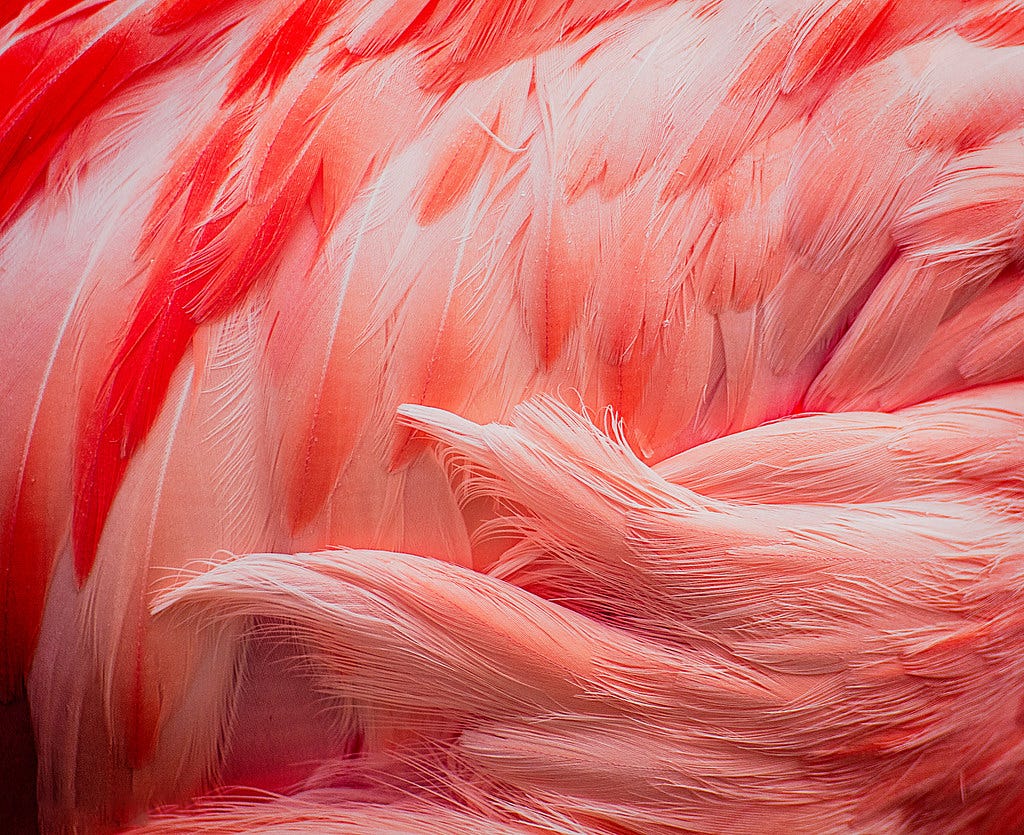






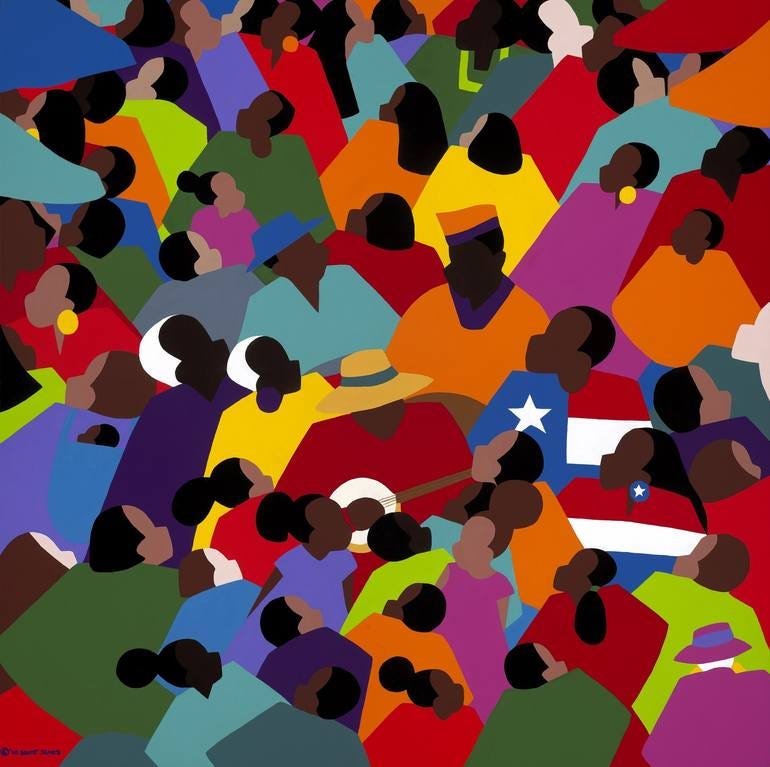

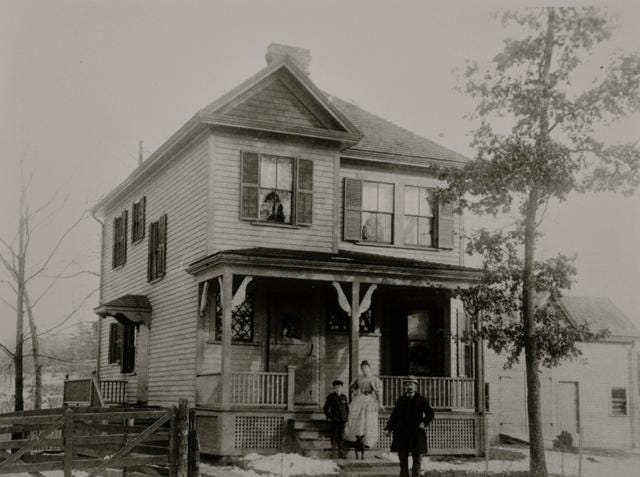



This week I enjoyed:
This post on the nature and likelihood of invention and scientific discovery: https://mattsclancy.substack.com/p/how-common-is-independent-discovery
This post on DALL-E: AI art https://kneelingbus.substack.com/p/185-the-painted-word
And I was blown away by this piece about Cole Summers, who was an extraordinary entrepreneur at an equally extraordinary young age: https://www.commonsense.news/p/how-to-be-a-pioneer?r=r9472&s=r&utm_campaign=post&utm_medium=web
I’ve been a big fan since I heard “The Man With the Child in His Eyes” on a Boston FM station back in 1978. She’s successful overseas but never caught on here in America. If told people I like Kate Bush looks of puzzlement would cross their faces and they usually asked if she was related to the president. Now, it’s great to see her getting the attention she deserves here in America and renewed interest around the world as well.